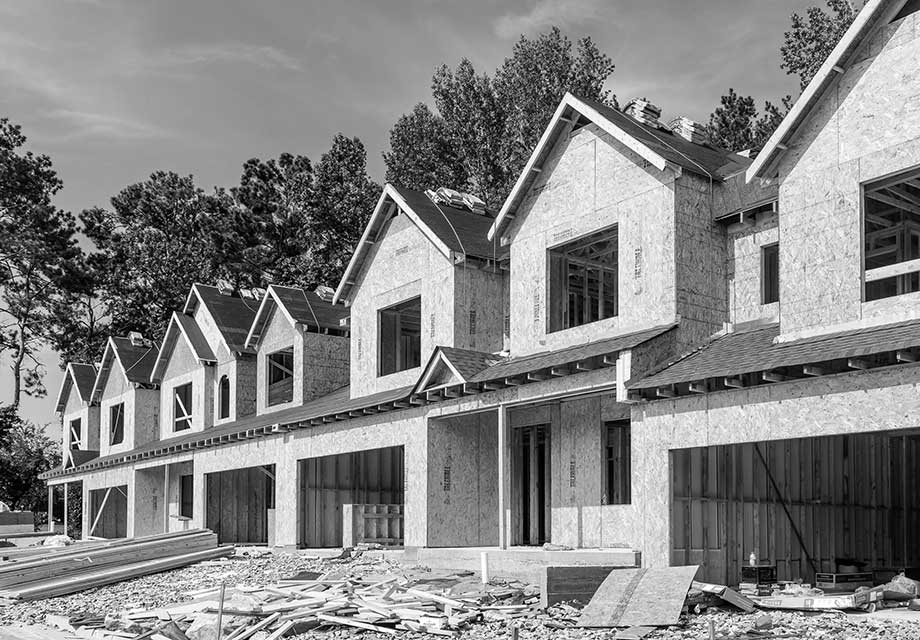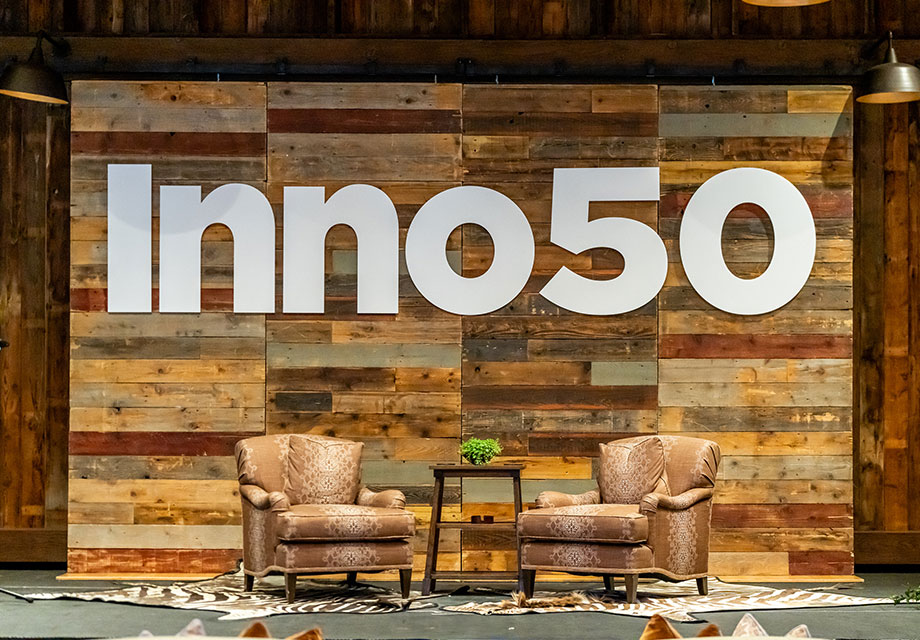
The homebuilding industry is entrenched in a digital pivot, seeking new approaches to influence homebuyers and engage teams, partners and trades within synonymous and shared ecosystems. The driving force is a convergence between technology innovation tied to desirable data and human behavior.
After nearly two years of pandemic lockdown, semi-emergence, population mobility and widespread work-from-home evolution, do these three concepts merge to provide an opportunistic landscape for builders and developers in 2022?
Delight through the experience of storytelling
Even before the coronavirus hit, consumers were doing online research before purchasing. Whether a hair dryer or a luxury vehicle, purchases were rarely made without a visit to at least one website, a social channel or a peek at a review.
Those same experiences are now being mirrored across homebuying, which has moved rapidly to integrate virtual tours and digital experiences attached to QR codes, website links and even apps. The pendulum has shifted away from limited 360-degree imagery toward immersive, three-dimensional engagements through mobile devices, tablets and desktop computers to explore specific layouts and tour individual rooms, floors, entryways and patios.
Homebuilders and community developers can bring to life individual plans, communities, and related amenities through interactive digital models and guided storytelling. The story of a home, property or community is more than drywall, cabinetry and landscaping. Digital and visual expressions of floorplans, home designs and product options can be accessed before potential buyers even set foot inside a model home or sales office.
Digital experiences help walk buyers through the overwhelming and often complex process of homebuying with neither pressure nor a demand for immediate response. Digital experiences serve as an emotional touchpoint whereby buyers can “feel” what it may be like to live in the space as they explore at their own pace.
Dig deep and disrupt with data
Meta (formerly Facebook) illuminated the reality that the collection and use of digital data carries value equal to assets typically held near and dear—such as the land upon which homes or communities are built, or the raw materials used to build them. Data is a differentiator that offers competitive advantage, not only in what is collected, but how it is used.
Tracked information derived from online visitor interactions sheds light on how much time is being spent in specific parts of the home, where visitors click for more information, as well as where along a digital homebuyer’s journey additional touchpoints or information could be useful. Builders and developers can no longer lean on the historic practice of believing they know best.
Instead, through the integration of intelligent property technology solutions, they can flip the script to create digital “listening” tools, from which collected data will output trending preferences—a literal map of the types of floorplans, layouts or designs will be in greatest demand (i.e. sell more quickly).
Extend earnings beyond the buy
The completion and final sale of a home or community build has historically served as the end point of the buyer-builder relationship. However, the end game for builders and developers is shifting. Buyers live and spend money in a community for years; they develop social lives and often invite others to join them. Since most homeowners spend approximately one quarter of their income on necessities (food, gas, home maintenance) buyers who make an investment in a home will also make similar investments in their community.
Rather than view the purchase of a home as the end of a buyer’s journey, consider it instead as the beginning of an entirely new chapter along the journey, attached to a completely captive audience, presenting a yet unrealized opportunity for master planned community developers to “extend the spend” — and create a new revenue stream.
One example would be a loyalty program that rewards and incentivizes residents to shop and spend locally. Property technology can be used to create unique, customized digital promotions that capture engagement, interests, and cyclical activity as well as map avenues for revenue generation (beyond the sale!). Given the ease of integration of digital applications, many of these experiences can be extended to wearable devices (smart watches, key fobs) through partnerships with Apple (Apple Pay) or Google, furthering collaboration with the homebuilding and development industry.
2022 may be the year that delivers on the promise of greater digital opportunity. Our experience to date has proven that property technology is a money-savings tool, yet there exists tremendous potential for growth using thoughtful data analysis, tailored communication, and integration across and with emerging technology solutions.
Effectively reaching and engaging with buyers where they are along their journey is the proverbial holy grail. We believe the convergence between customer and experience will define homebuilding in 2022. Let’s see how it all shakes out.






































